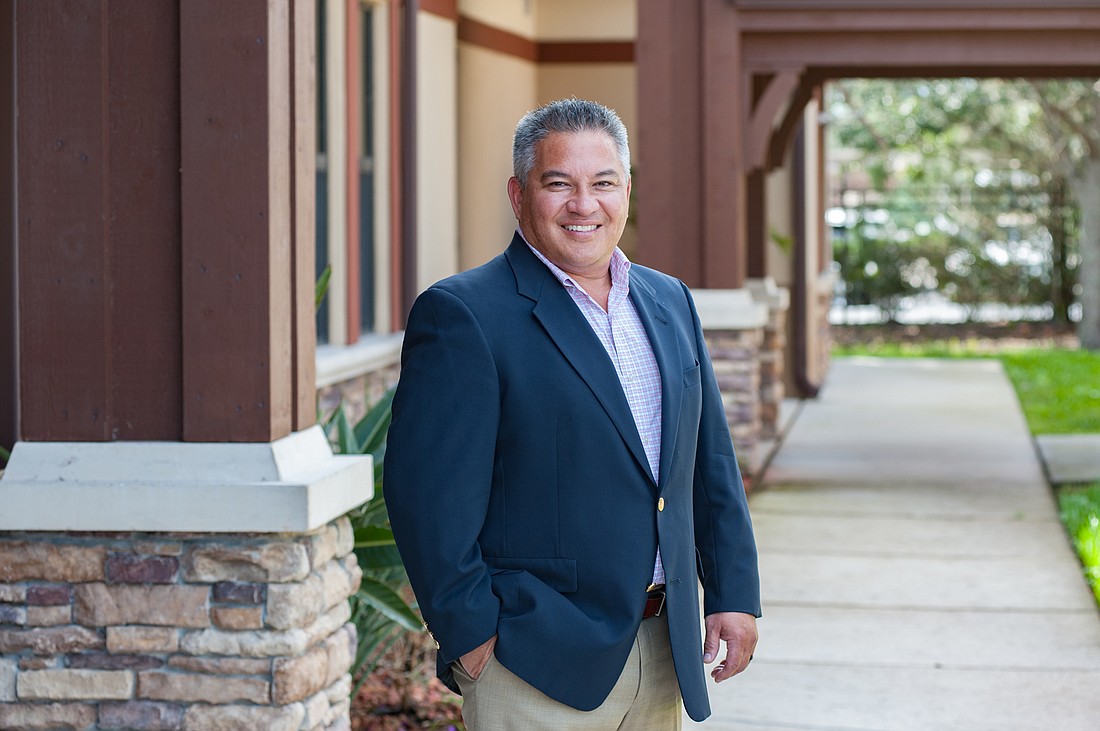- December 13, 2025
-
-
Loading

Loading

The conference table in Ron “Nate” Natherson Jr.’s office has two seats reserved for key members of his company’s team: the agent and the customer.
The chairs both have a blue seat marker with the word “Agent” printed on one and the word “Customer” printed on the other.